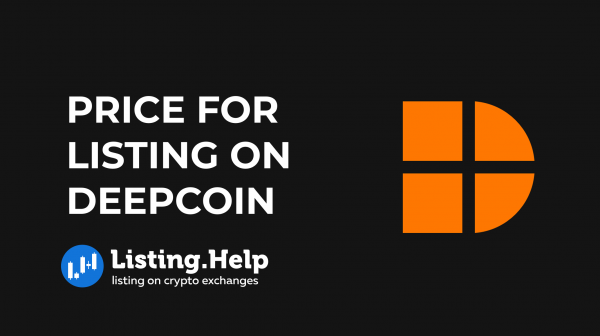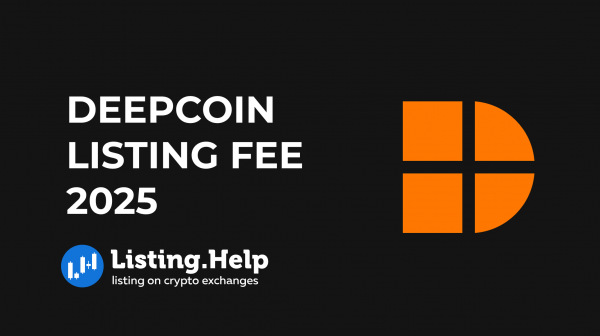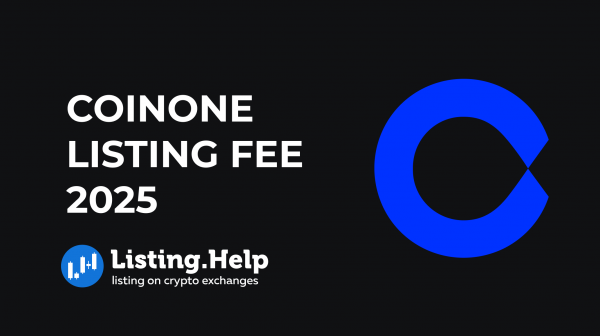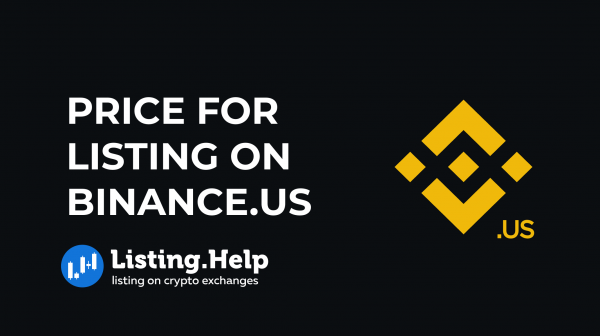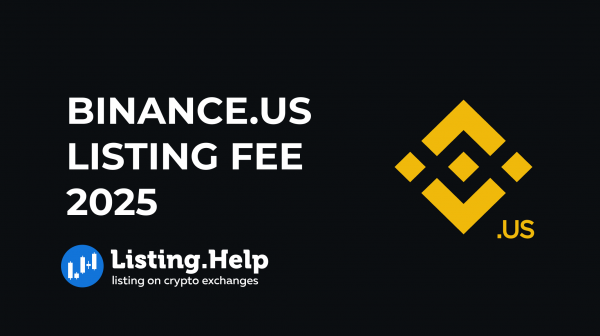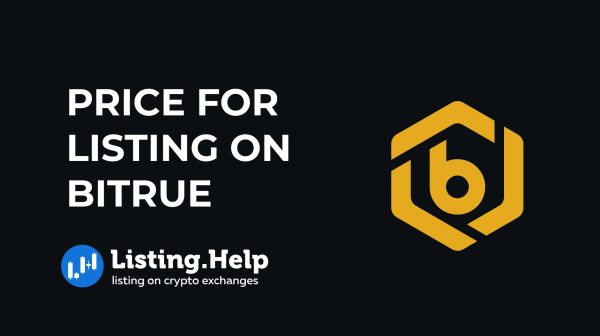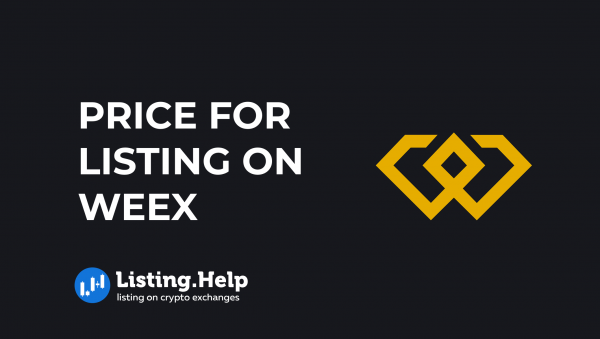What is Euler (EUL)?
 November 18, 2025
November 18, 2025 Updated: November 18 2025, 09:26
Updated: November 18 2025, 09:26
LEAVE A REQUEST
Launching your own token project? Our experts are ready to help with listing on exchanges, market making, marketing and other solutions
SUBMIT APPLICATIONEuler is a modular, decentralized lending protocol that allows anyone to set up isolated, customizable markets for lending and borrowing crypto assets. Its architecture is designed so users can create lending vaults for any ERC-20 token and link them across different markets when needed.
Each vault on Euler has its own risk parameters, pricing source, and interest model. This separation ensures that problems in one vault remain contained and do not automatically spill into others. Governance is handled through the EUL token, giving holders the ability to propose and vote on adjustments to the protocol.
How Euler Works?
The Euler Vault Kit (EVK)
The EVK provides the smart contract tools needed to build tailored lending markets. Every vault follows the ERC-4626 standard, which defines consistent rules for deposits, withdrawals, and yield calculations, making integration with other DeFi systems straightforward.
With the EVK, developers can create managed or unmanaged vaults, collateral-only pools, or markets focused on generating yield. Each vault uses its own oracle for pricing and an Interest Rate Model (IRM) that responds to liquidity and demand. A controller oversees collateral rules and borrowing conditions to keep the overall system stable.
The Ethereum Vault Connector (EVC)
The EVC makes it possible to interact with multiple vaults within the Euler ecosystem. It lets users borrow against collateral held elsewhere, enabling more flexible strategies while still keeping risk compartmentalized.
When a user borrows, repays, or withdraws, the EVC checks with the relevant vaults to ensure the collateral is sufficient and the position remains safe. It also supports bundling actions into a single transaction, reducing friction and saving on gas.
Vault Types
Euler offers several categories of vaults, each serving different risk and usage preferences:
- Escrowed collateral: These vaults store collateral for borrowing purposes but do not generate yield. They are unmanaged and suitable for those who want borrowing power without participating as lenders.
- Governed: These vaults are overseen by DAOs, curators, or individual managers who adjust settings such as collateral requirements and interest rates. They suit users who prefer guided oversight.
- Ungoverned: These vaults run on fixed settings with no active management, giving users full control over their lending and borrowing decisions.
- Yield Aggregator: These vaults pool deposits and allocate them across different strategies or vaults, offering diversified yield opportunities with guardrails set by risk managers.
Euler Earn
Euler Earn is a yield aggregator designed to provide passive income without requiring users to monitor positions constantly. Built on ERC-4626, it collects deposits and distributes them across various strategies selected by risk curators.
These strategies can include Euler-based markets or external sources of yield. Curators can impose allocation limits to keep risk in check, while idle liquidity allows for timely withdrawals. Anyone can create an Earn vault through the EulerEarn Factory or the creator interface. Since the system is non-custodial, users retain ownership of their assets while receiving managed returns. Each Earn vault handles its own deposit and withdrawal queues to keep liquidity flowing smoothly.
Risks and Considerations
Using Euler involves several risks that participants should understand. Borrowers may be liquidated if their collateral drops in value or if rising interest makes their position unsafe. Lenders may encounter bad debt if collateral devalues too quickly or if liquidity dries up during periods of heavy demand.
Users of governed vaults rely on managers to maintain parameters responsibly, while those in ungoverned vaults must handle their own risk exposure. Although vaults are non-custodial, it remains important to keep healthy collateral ratios and stay aware of market conditions.
What is the EUL Token?
EUL is the ERC-20 token used across the Euler protocol for several functions:
- Governance: Holders can propose and vote on updates, treasury actions, and other decisions through the DAO.
- Fee Flow auctions: EUL acts as the asset used for bidding in auctions that convert accumulated fees into EUL. Winning bidders trade their EUL for these fees, and the spent tokens move to the DAO treasury.
- Rewards: EUL is distributed to participants who support activity and growth across the protocol.
- Treasury management: EUL from auctions is stored in the DAO treasury and may be burned, redistributed, or allocated to incentives through community voting.
The EUL token is listed on many platforms, including XT, CoinDCX, Gemini and Uniswap. If you’re looking to list your token on similar platforms, understanding the token listing process and crypto exchange listing fees is essential.
Conclusion
Euler offers a modular approach to decentralized lending, giving users and developers the ability to build markets tailored to a wide range of assets. With features like cross-vault collateral usage and yield aggregation through Euler Earn, the protocol provides a flexible way to structure and maintain on-chain credit systems with transparency and risk separation at the core.

For more insights and updates on the crypto world, don’t forget to check out our blog at Listing.Help.




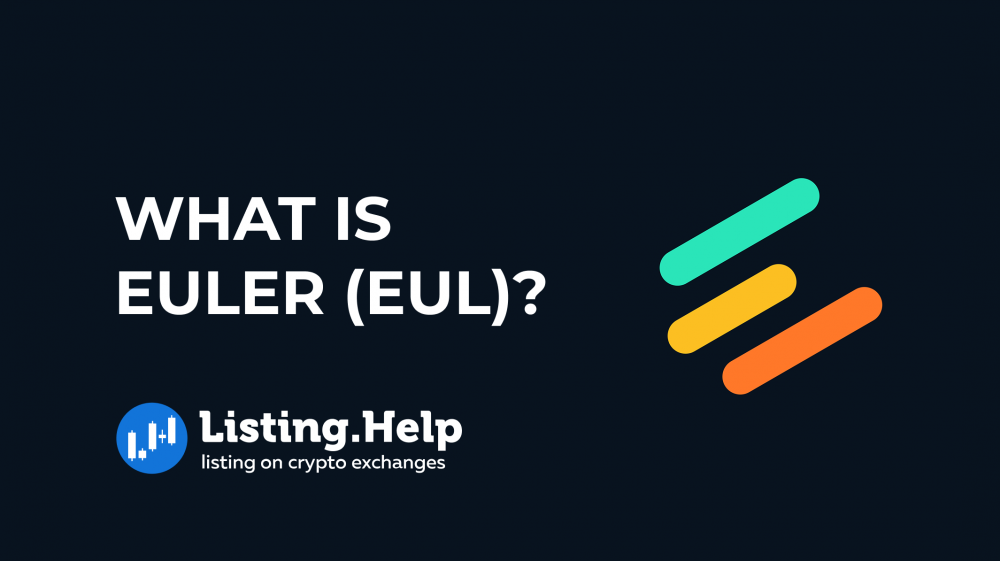

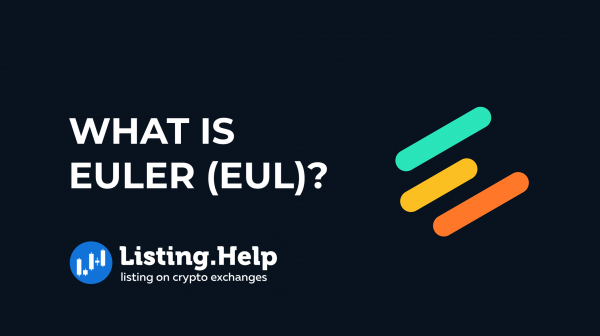
 November 18, 2025
November 18, 2025 